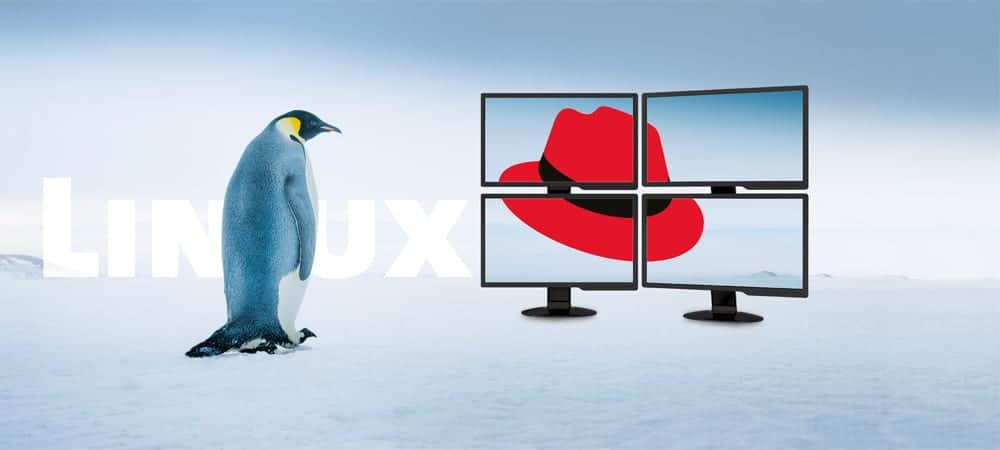From a customer meeting with an infrastructure manager of a mid-sized company: First, we talked about their successful S/4 conversion and the course of the project, as well as the S/4 on-premises infrastructure, which continued to work well during the process. In the second half of the meeting, the focus shifted to hybrid cloud computing. Specifically, we talked about the procurement of public cloud services via Microsoft Azure.
The operations team had already done a lot of preliminary work – a number of cloud systems were already being used for testing. Now, the company wanted to use larger SAP systems, including high-availability systems. It was also important to be able to set up a highly automated system with optimized provisioning and deployment and a wide variety of applications. Their aim is to apply a Suse Blueprint (SAP environment transformation with Suse) in four steps: Automation, Manage, Evolution, Operation. This article is about Step 1: Automation for provisioning and deployment.
What Suse SLES for SAP Applications offers
The infrastructure manager was extremely taken with the fact that the Linux operating system Suse Linux Enterprise Server (SLES) for SAP Applications version 15.2 offers the open-source standard tool Salt for deploying SAP infrastructures in public clouds. Suse also offers Terraform, which can be used for automated provisioning. SLES for SAP Applications is already being used in conjunction with S/4.
What are Terraform and Salt all about? Put simply, Terraform is an open source software that ensures the provisioning and implementation of defined infrastructures by IaaS providers. Furthermore, setups can be saved so that they can be reused at virtually any time. Later adjustments are also possible. Terraform drastically minimizes the effort that would otherwise be required for provision and deployment. Terraform is supported by various public cloud providers such as AWS, Google, Microsoft, and others.
In cooperation with SAP
The award-winning open source automation tool Salt focuses on deployment as well as configuration. Furthermore, Salt can also be used to install, configure, and deploy entire software packages.
Terraform and Salt are elements of the “SAP Environment Lifecycle with Suse” initiative, which covers four topics: Automation with Provisioning and Deployment, Manage with Operate, Evolution with Optimize and Transform, and Operation with Monitoring and Report. Terraform is used for provisioning, Salt for deployment. On the solution side, SLES for SAP Applications and Suse Manager are used. In addition, Microsoft Cloud Wizzards, Suse High Availability, and saptune underpin the automation step with provisioning and deployment.
The initiative is based on many years of cooperation with SAP and the requirements for the use of SAP infrastructures, both on-premises and increasingly in the cloud. Suse thus provides SAP users with solutions and technologies to implement their SAP hybrid cloud concepts in a simplified, reliable, efficient, and cost-saving manner.


















![suse deployment automation hybrid cloud sap [shutterstock: 1878370543, JLStock]](https://e3zine.com/wp-content/uploads/2021/05/suse-deployment-automation-hybrid-cloud-sap-shutterstock_1878370543-e1620640005150.jpg)



Add Comment